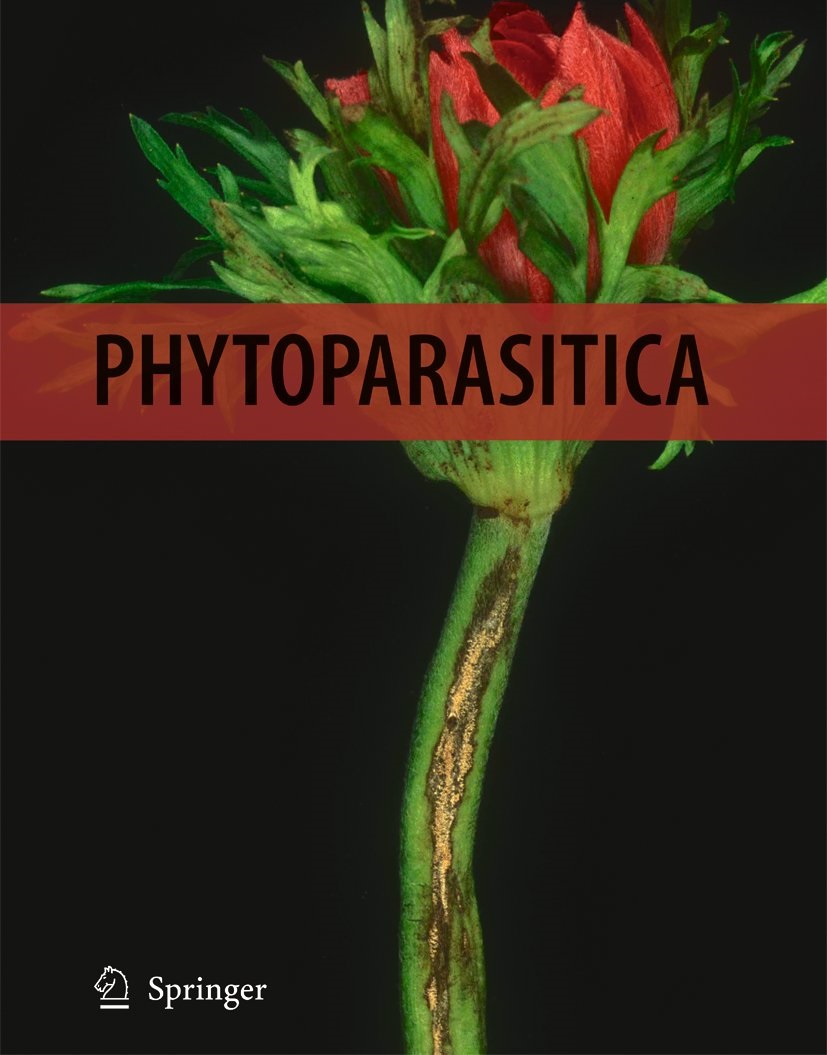Ver ítem
- xmlui.general.dspace_homeCentros Regionales y EEAsCentro Regional CórdobaEEA Marcos JuárezArtículos científicosxmlui.ArtifactBrowser.ItemViewer.trail
- Inicio
- Centros Regionales y EEAs
- Centro Regional Córdoba
- EEA Marcos Juárez
- Artículos científicos
- Ver ítem
First genetic analysis of Euschistus heros F. (Hemiptera: Pentatomidae) from Argentina and its relative abundance in a newly invaded soybean region
Resumen
The Neotropical brown stink bug Euschistus heros F. (Hemiptera: Pentatomidae) is the main soybean pest in Brazil, for which two major lineages (i. e. “Northern” and “Southern”) were identified. First recorded in Argentina in 2001, up to now no molecular studies have been performed on E. heros specimens occurring within the country. Here, partial sequencing of mitochondrial cytochrome c oxidase subunit I (COI) and cytochrome b (Cytb) genes revealed that
[ver mas...]
The Neotropical brown stink bug Euschistus heros F. (Hemiptera: Pentatomidae) is the main soybean pest in Brazil, for which two major lineages (i. e. “Northern” and “Southern”) were identified. First recorded in Argentina in 2001, up to now no molecular studies have been performed on E. heros specimens occurring within the country. Here, partial sequencing of mitochondrial cytochrome c oxidase subunit I (COI) and cytochrome b (Cytb) genes revealed that brown stink bugs collected both in central and northern Argentina belonged to the “Southern” lineage and exhibited high genetic variability. This emerging pest has been detected recently in Marcos Juárez county, at the core of the Argentinian soybean producing region. The species composition of the soybean stink bug complex was investigated in this area during 2016, 2018 and 2020. The cosmopolitan Nezara viridula L. was the most abundant pentatomid along the whole study, accounting for 83–93% of the total captures in each season. The other members of the complex were Piezodorus guildinii West., Dichelops furcatus F., Edessa meditabunda F. (all of which were found during the three years of survey) and E. heros (recorded in 2018 and 2020). Though E. heros constituted a small share of the daily total stink bug catches (0—1.6%), this incipient pest invasion should be monitored in order to adopt adequate control measures for preventing eventual outbreaks.
[Cerrar]

Fuente
Phytoparasitica : 1-6. (Published: 13 March 2023)
Fecha
2023-03
Editorial
Springer
ISSN
0334-2123
1876-7184
1876-7184
Formato
pdf
Tipo de documento
artículo
Palabras Claves
Derechos de acceso
Restringido
 Excepto donde se diga explicitamente, este item se publica bajo la siguiente descripción: Creative Commons Attribution-NonCommercial-ShareAlike 2.5 Unported (CC BY-NC-SA 2.5)
Excepto donde se diga explicitamente, este item se publica bajo la siguiente descripción: Creative Commons Attribution-NonCommercial-ShareAlike 2.5 Unported (CC BY-NC-SA 2.5)


